Backyards feel like private little worlds, yet the rulebook often tells a different story. City codes, HOA bylaws, and state regulations quietly decide what may grow, burn, or buzz behind a fence. Some rules genuinely protect neighbors and local ecosystems. Others seem rooted in aesthetics, control, or old anxieties that never quite faded. Together they create a strange landscape where a tomato plant, a treehouse, or a tiny library can flip from wholesome to forbidden with one complaint or inspection.
Front Yard Vegetable Gardens Treated As Violations
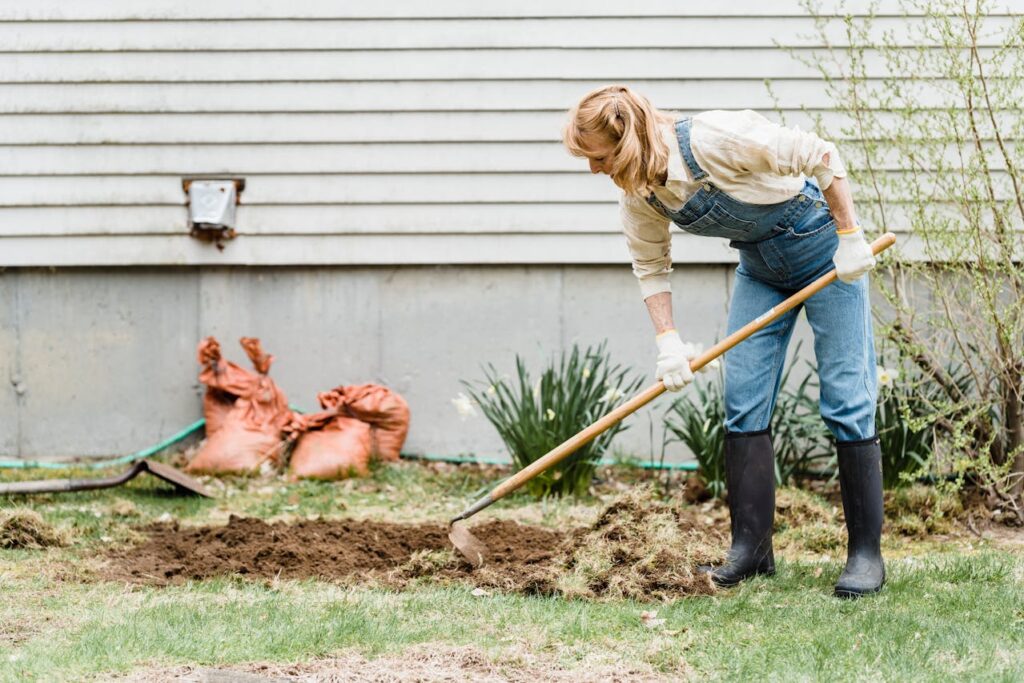
In some towns, vegetables in the front yard are treated as an act of rebellion. Codes may demand ornamental shrubs and manicured turf, banning raised beds filled with lettuce and tomatoes. Homeowners have faced orders to rip out thriving gardens because they did not match an ideal of decorative landscaping. The tension sits between food security, sustainability, and a narrow vision of what a respectable street should look like.
Clotheslines Banned As Unsightly Signals
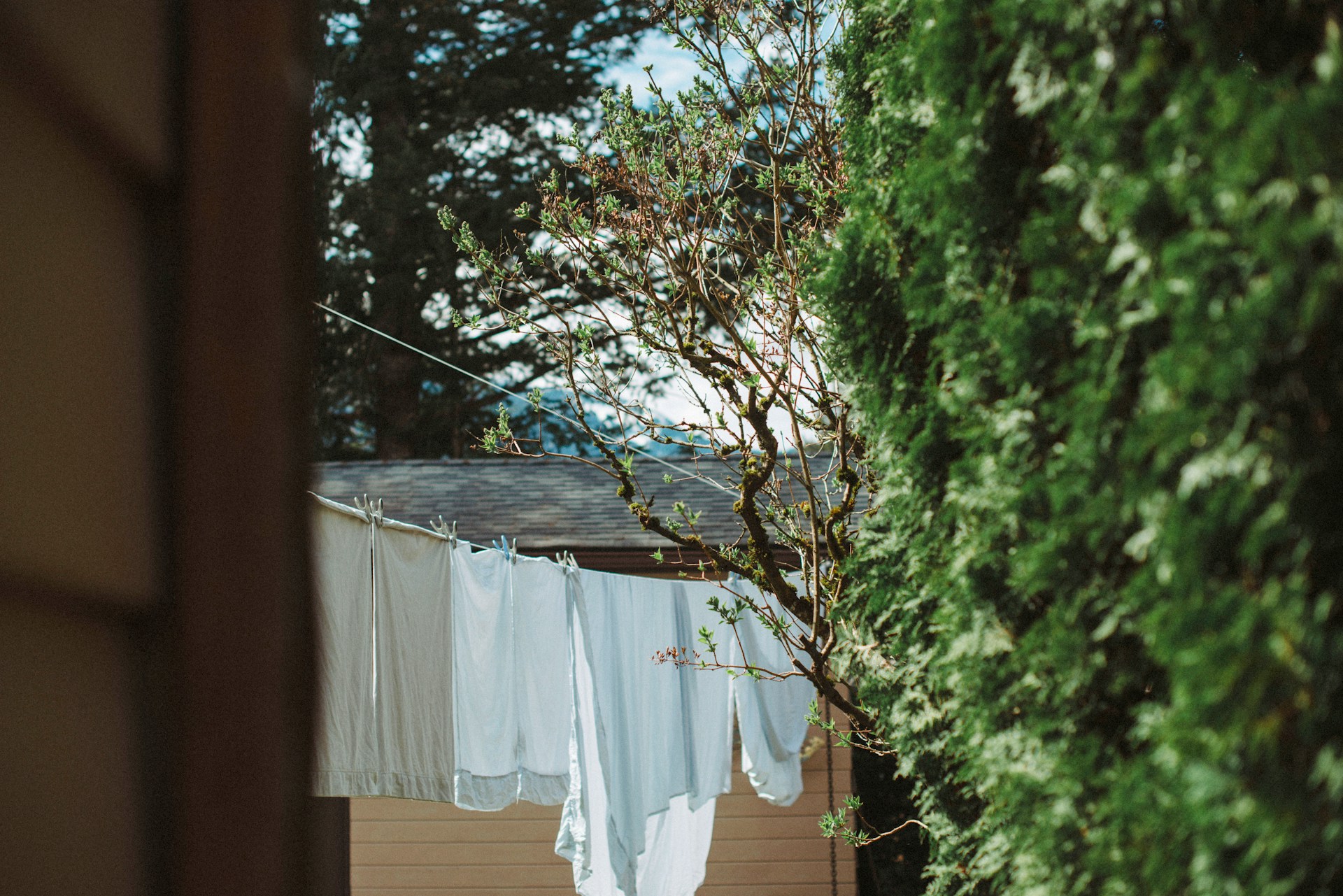
The simple act of line drying laundry can collide with neighborhood rules that prize uniform appearances. Many homeowner associations forbid clotheslines where they are visible from the street, framing them as eyesores that lower property values. Residents who want sun and wind to do the work risk warnings or fines if a row of shirts appears in the wrong place. The result is a quiet push toward energy hungry dryers and a lingering suspicion of anything that reads as too practical.
Rain Barrels Treated Like Rogue Reservoirs

Collecting rain from a roof seems like the most harmless kind of thrift, yet water law can turn barrels into legal puzzles. Some states strictly limit how much rainwater a household may store and where that water may be used, all to protect existing water rights downstream. Homeowners who simply want to keep a garden alive with captured storms can find themselves reading statutes about storage caps and permitted uses. A plastic barrel under a downspout suddenly feels strangely political.
Grass Height Rules That Criminalize Meadows

Local ordinances often set exact limits for grass and weeds, with numbers written right into the code. Once a lawn passes that height, usually somewhere around eight or ten inches, it can trigger citations, fees, or surprise mowing by the city with a bill attached. Residents who experiment with prairie style yards full of wildflowers and native plants discover that anything tall is quickly labeled neglect. Neatness wins, even when the shorter lawn needs more water, chemicals, and weekend labor.
Backyard Chickens Allowed Without Their Noisy Partners
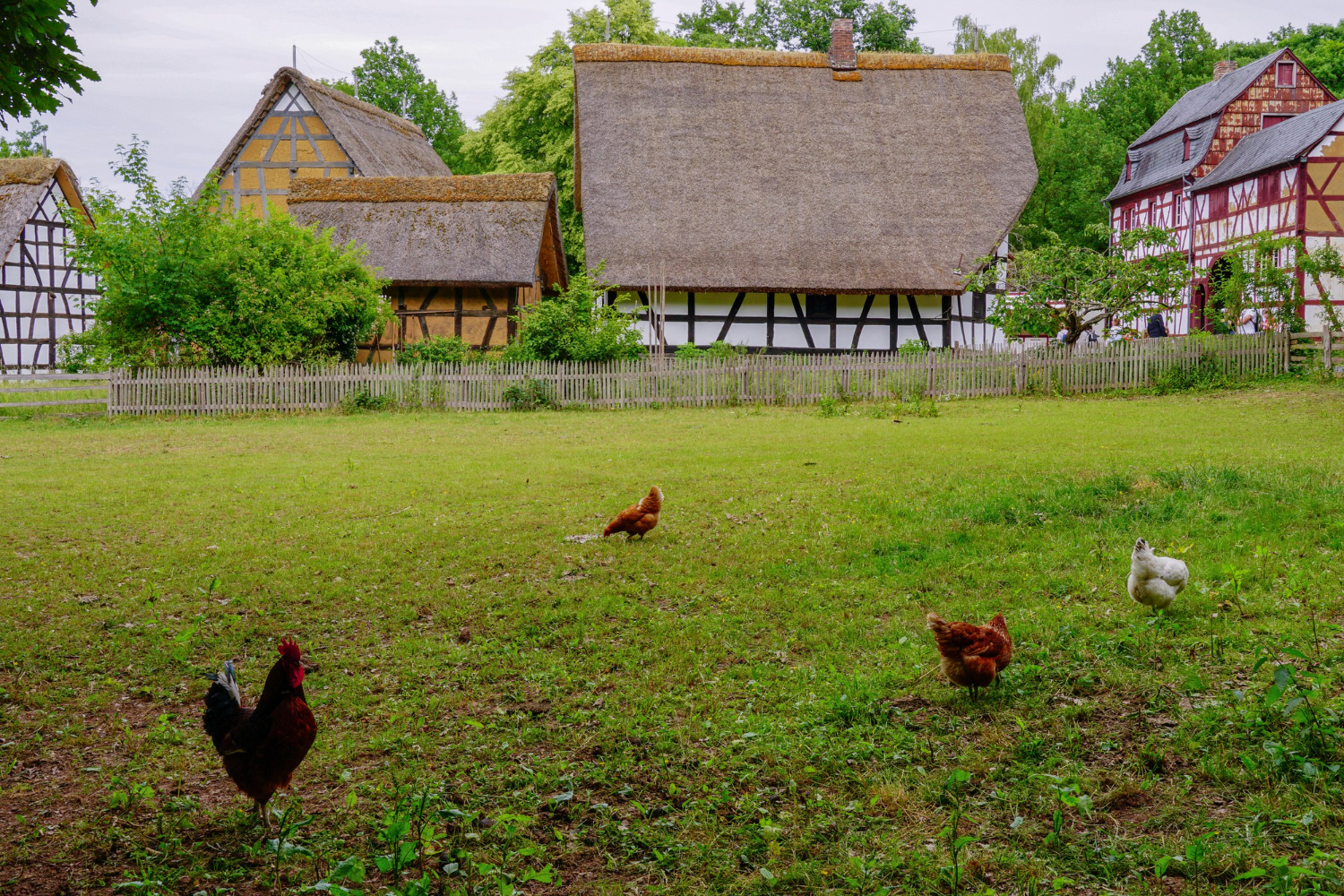
Many cities now welcome a limited flock of backyard hens but draw a sharp line at roosters. The crowing that once marked sunrise on farms becomes an unacceptable nuisance in dense neighborhoods, so males are banned outright while a set number of hens are allowed with detailed coop rules. Families dreaming of fresh eggs and small scale food production must study setbacks, permits, and head counts. The birds themselves are not illegal, only the wrong mix of voices and smells.
Honeybee Hives Restricted By Fear And Lot Lines

Urban beekeeping has grown popular, yet codes often treat hives as potential hazards. Some cities require registration, inspections, two meter fences, and minimum distances from homes or sidewalks, while others prohibit new hives entirely. Beekeepers who see themselves as allies of pollinators end up navigating regulations written from the perspective of stings and swarms. A few wooden boxes in a corner of the yard can sit at the center of a larger debate about risk, ecology, and shared space.
Fire Pits Legal Only Under Perfect Conditions
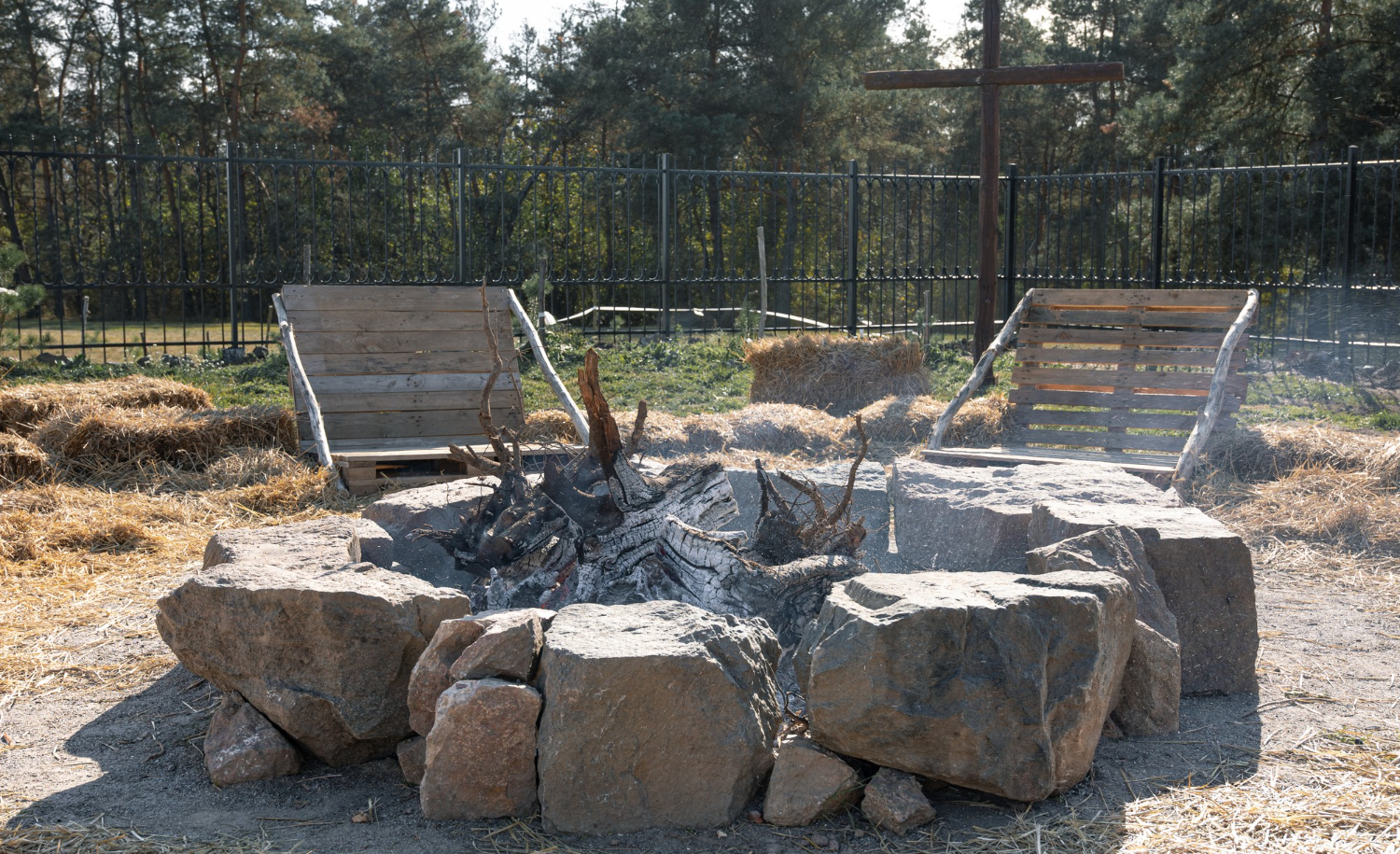
A small backyard fire pit looks simple from the outside but lives under a stack of rules. Many areas require specific distances from buildings and trees, ban open flames on certain days, and allow officers to extinguish any fire that produces smoke considered a nuisance. Homeowners hoping for a quiet evening around the coals must pay attention to wind, local burn bans, and the patience of nearby windows. One casual gathering can shift into a code violation as the breeze turns.
Treehouses Classified As Serious Structures
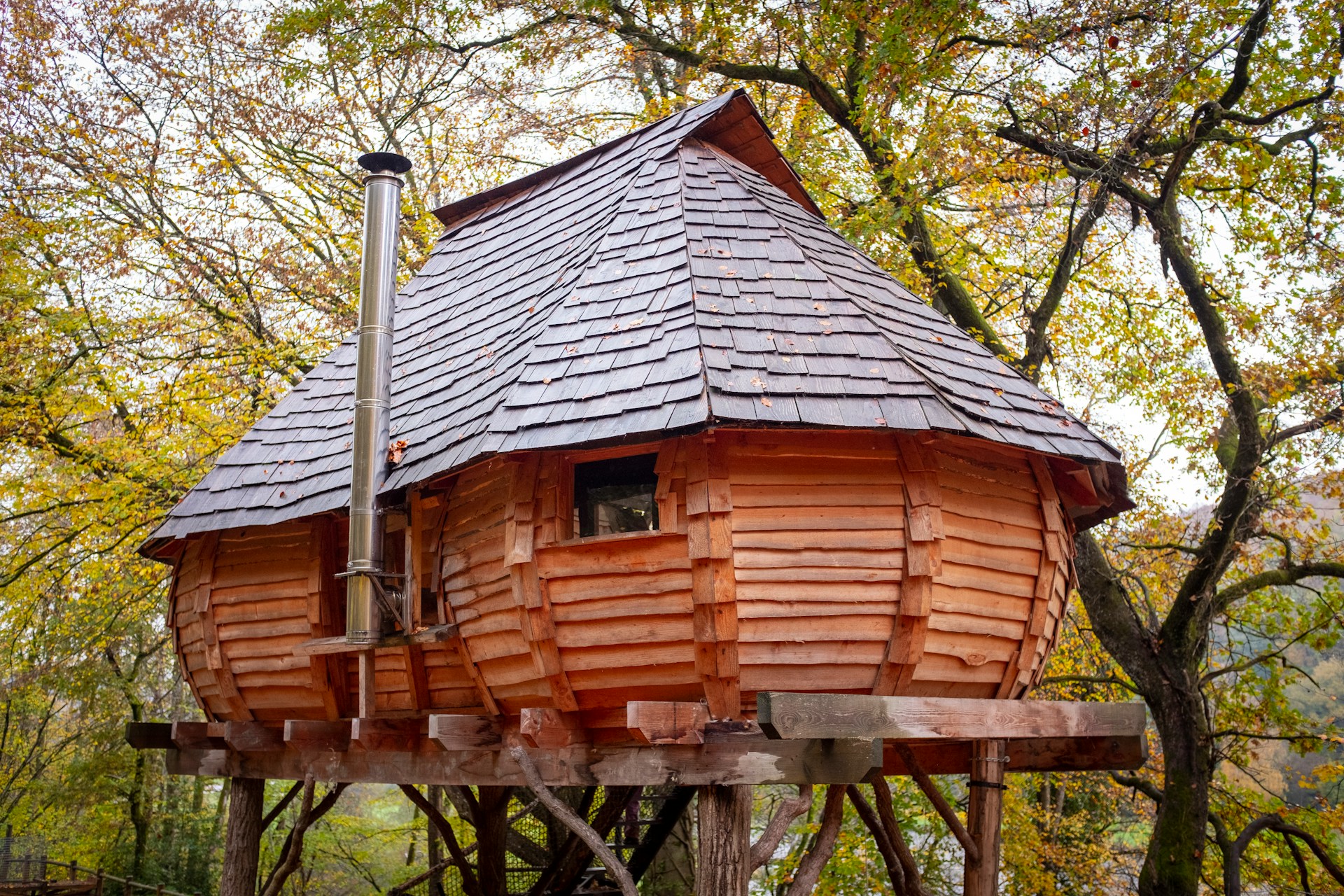
For many children a treehouse is pure imagination, yet ordinances often treat it like a miniature building. Once a platform reaches a certain height or size, it may need permits, inspections, and full compliance with zoning and safety codes. Neighbors can argue about blocked views, lost privacy, or damage to shared trees, prompting officials to step in. A weekend carpentry project slowly acquires drawings, measurements, and legal language, turning play into a case file when height and distance rules are strict.
Little Free Libraries Treated As Illegal Sheds
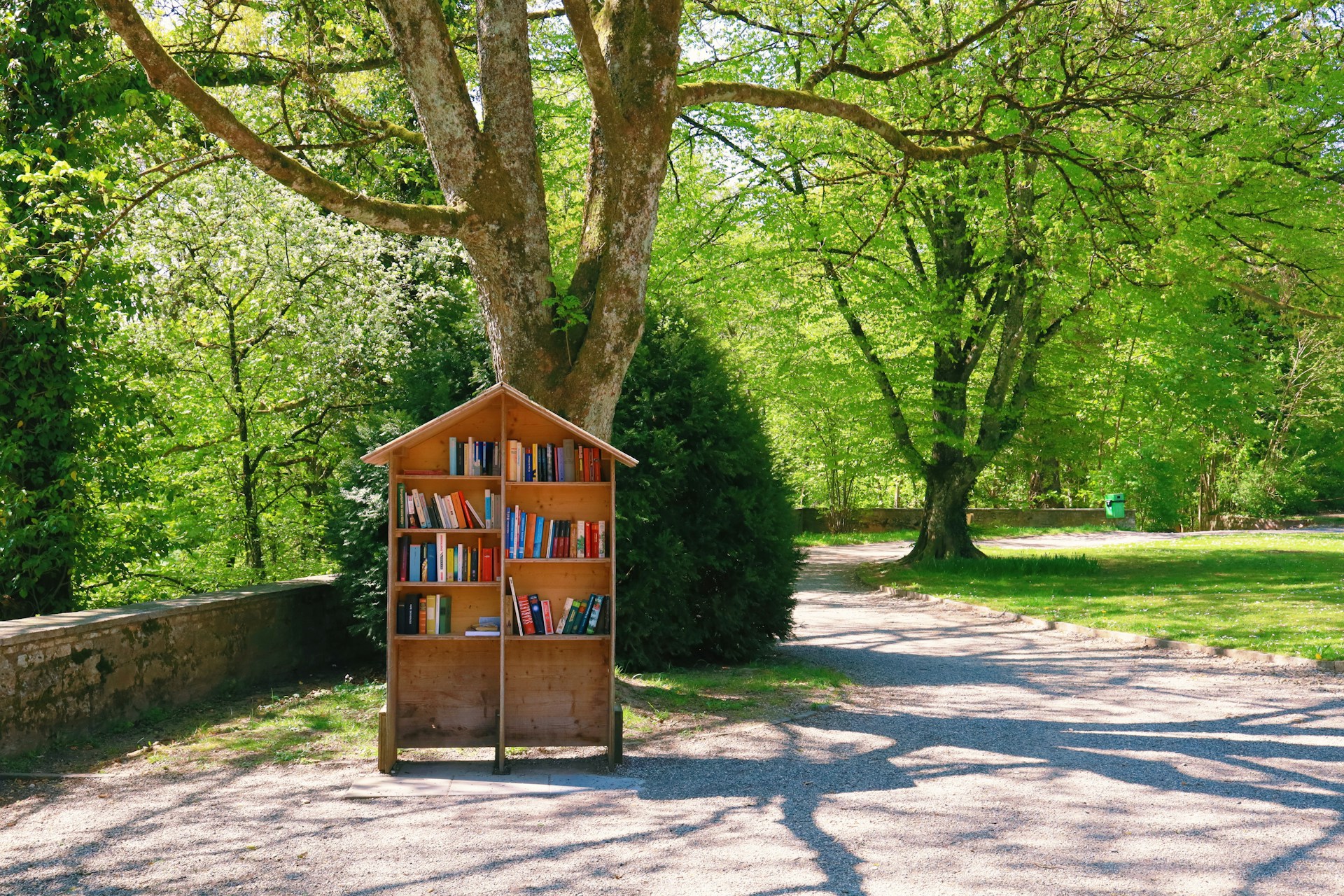
Those tiny book boxes on posts that invite passersby to take or leave a story can run straight into zoning law. Some cities classify them as unapproved accessory structures or signs when they sit in front yards or near sidewalks. Owners have received notices to remove them or face fines, even when neighbors clearly enjoy the exchange. Ironically, a project meant to share stories and encourage reading becomes a flashpoint for arguments over frontage rules and what belongs in a yard.


